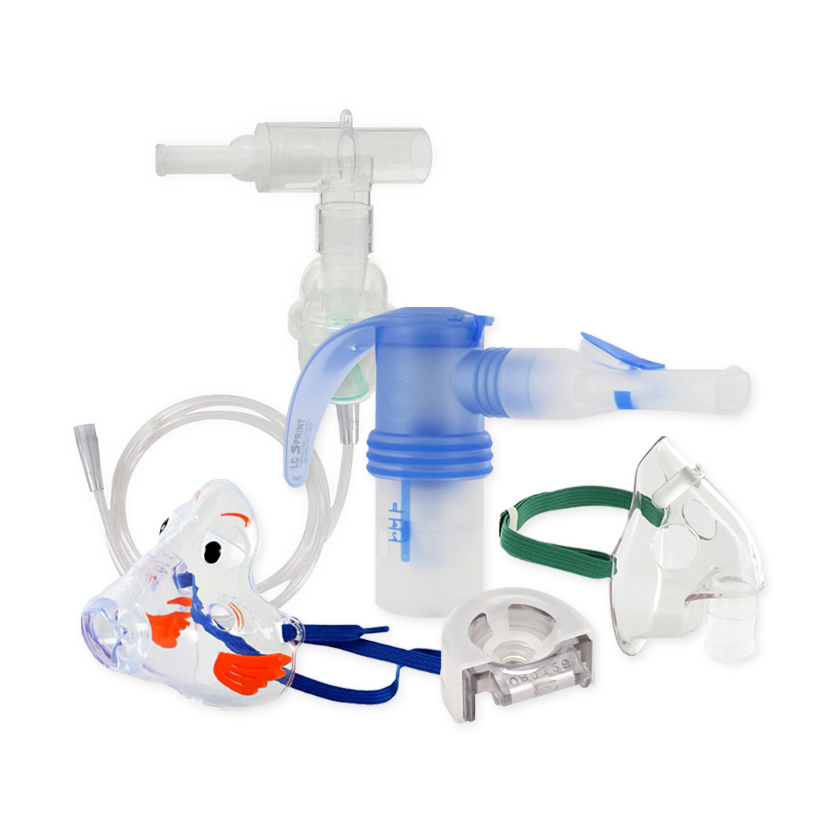Your Cart is Empty
Free Shipping on all orders over $75!
Menu

Free Shipping on all orders over $75!
Nebulizer Systems
Travel Nebulizers
Nebulizer Accessories
Just For Kids
Oxygen Supplies
Effects of Climate Change on Allergies and Asthma
March 28, 2014 2 min read
Rising sea levels. Melting polar ice caps. Ocean acidification. The effects of climate change are undoubtedly severe for the planet, but do they really have that big of an impact on our day to day lives? If you’re one of the 60 million Americans suffering from asthma and/or allergies, the answer is a resounding “yes.” That’s because higher carbon dioxide levels in the atmosphere are fueling the growth of pollen-producing plants, allowing them to pump more pollen into the atmosphere and, in turn, make your allergies much worse. According to the National Wildlife Federation, approximately 25 million Americans will experience worsened respiratory allergies if current climate change patterns continue.
Here’s the basic equation: carbon dioxide + longer warm seasons + increased precipitation = more pollen. When we burn fossil fuels such as gasoline, carbon dioxide is released as a byproduct. Plants use carbon dioxide as an energy source, and they thrive when there’s a lot of it in the atmosphere. Because heightened carbon dioxide levels have been trapping heat in the atmosphere and raising temperatures, spring is arriving sooner – 10 to 14 days earlier compared to 20 years ago! Additionally, severe weather events are becoming more frequent, ensuring that the soil stays wet and fertile. All of these factors mean more pollen, more allergies, and more misery.
For proof, just step outside. Many experts are calling this spring the worst allergy season on record, largely due to the massive amounts of precipitation dumped by last year’s Hurricane Sandy and the blizzards that struck much of the nation this past winter. And the number of sufferers keeps growing. According to a USA Today article published May 31, Quest Diagnostics, which administers allergy tests, found a 15% increase in ragweed sensitivity from 2005 to 2009 alone. And federal data indicates a 17% increase in the prevalence of asthma in the United States over the past eleven years.
Patients, meanwhile, have reported an increase in the severity of their symptoms. “My allergies are much worse than they used to be,” says Amanda Carwyle, an Illinois mom of three interviewed in the USA Today article. “I used to be able to take a Benadryl or Claratin and be fine.” Now, she must take three medications and allergy shots to manage her symptoms. Undoubtedly, the climatic changes are troubling for asthmatics as well, considering how allergies are one of the most prevalent asthmatic triggers.
Just as it’s easy to dismiss allergies as the culprits behind a benign runny nose, it’s easy to cast aside the allergic effects of climate change as insignificant – especially if you’re lucky enough to be allergy or asthma free. But it’s important to remember that these conditions can have dire consequences on a person’s quality of life; such pulmonary problems can keep you from work, school and play, and can even be lethal in some cases. While there’s no way to magically get rid of pollen completely or immediately solve the problem of global warming (at least not yet), those 60 million Americans still have options. By talking to their doctors, monitoring their symptoms, and faithfully treating their condition via inhaler or nebulizer, pollen need not be so problematic.
Subscribe
Sign up to get the latest on sales, new releases and more …

NEW CUSTOMERS SAVE $5 OFF YOUR FIRST PURCHASE OF $20 OR MORE
Code will be sent to email entered if applicable
SIGN UP FOR FUTURE SALES, NEW PRODUCTS AND ANNOUNCEMENTS
{"themeColor":"#061f77","iconColor":"#061f77","showLogo":true,"topBottomPosition":0,"rightLeftPosition":5,"iconSize":"large","iconCustomSize":64,"position":"middle-right"}



